Intel Z68 Chipset & Smart Response Technology (SSD Caching) Review
by Anand Lal Shimpi on May 11, 2011 2:34 AM EST
Intel's SSD 311 20GB: Designed to Cache
Although SRT supports any SSD, Intel created a brand new drive specifically for use as a cache with Z68 platforms. This is the Intel SSD 311, codenamed Larson Creek:
The SSD 311 uses the same controller as Intel's X25-M G2, SSD 310 and SSD 320 drives:
The big difference here is the SSD 311 comes with 20GB of 34nm SLC NAND. If you remember back to the SSD Anthology, SLC NAND is architecturally identical to MLC NAND. With half the number of data stored per NAND cell SLC NAND not only lasts longer than MLC NAND but it also is much faster, particularly for writes.
As a cache that'll be constantly written to, SLC NAND isn't a bad decision on Intel's part. Intel insists that the move wasn't motivated by reliability but rather write performance.
A quick look at the performance of the SSD 311 shows that it packs a lot of punch for being a small 20GB drive with only 5 of 10 NAND channels populated:
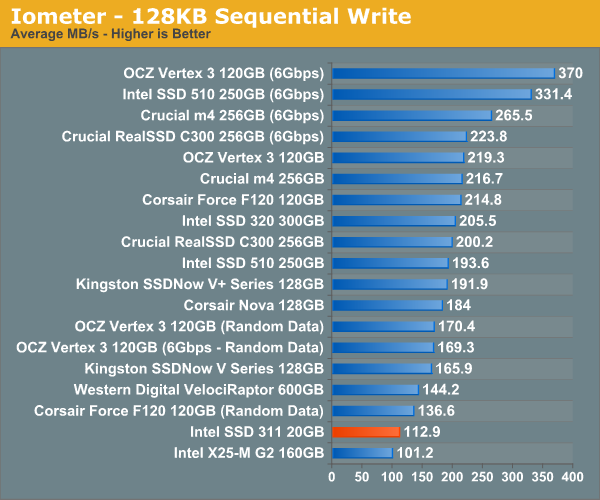
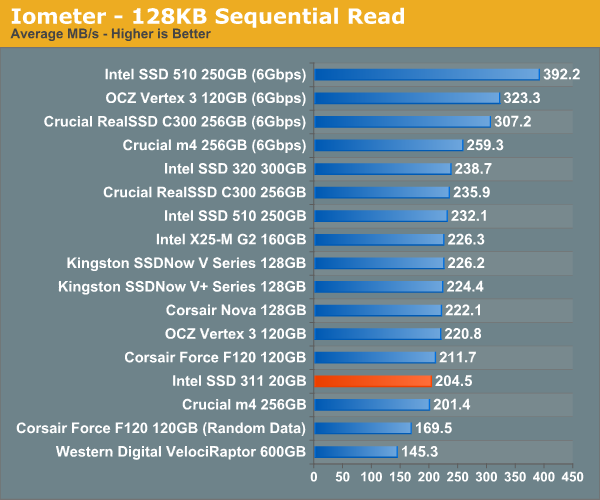
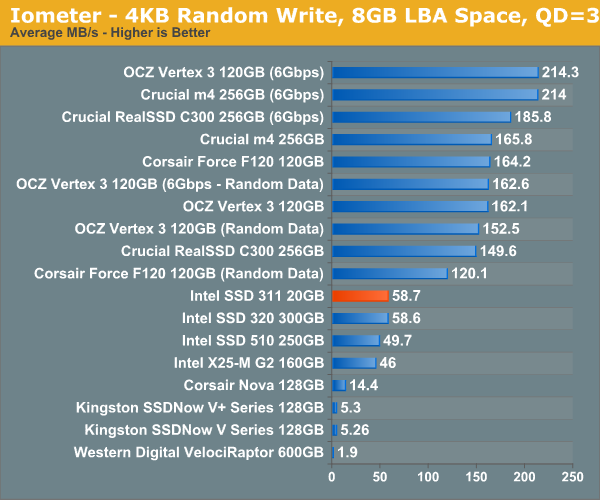
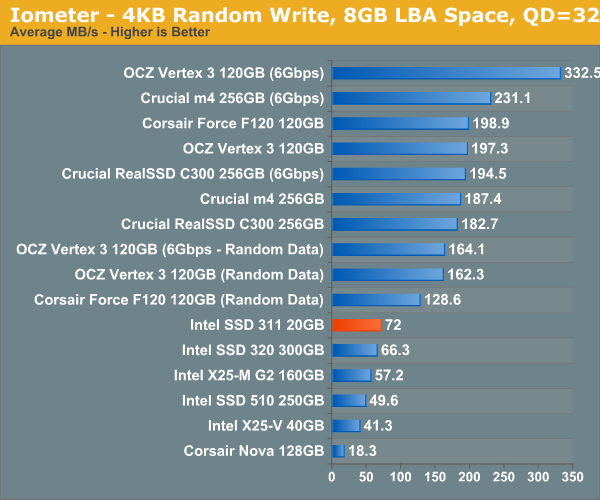
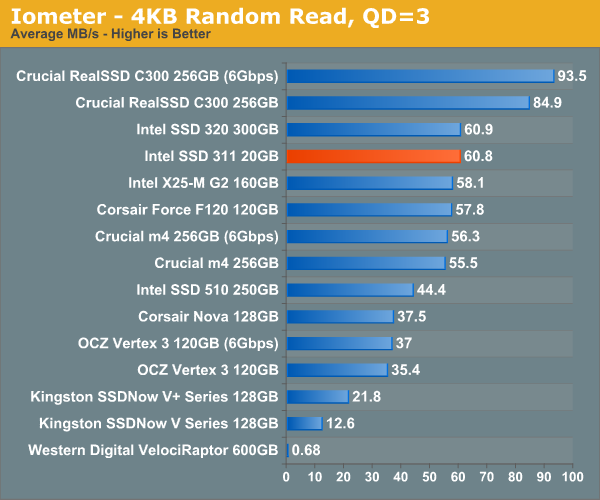
The SSD 311 basically offers the performance of a 160GB X25-M G2 but with fewer NAND channels and a much lower capacity.
Remember this is SLC NAND so despite only being a 20GB drive, it's priced more like a 40GB MLC drive: Intel expects the SSD 311 to retail for $110. Thankfully you aren't locked in to only using Intel drives as Smart Response Technology will work with any SSD.




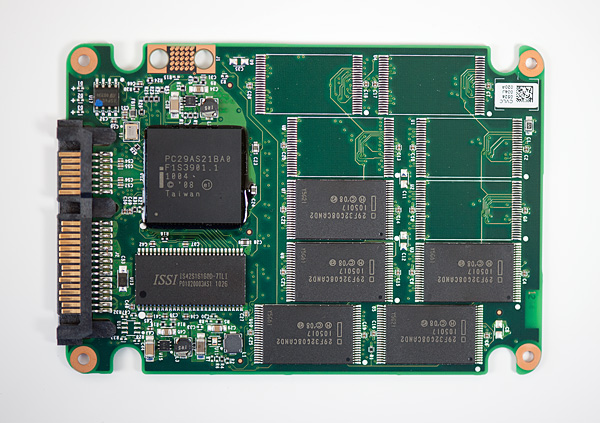
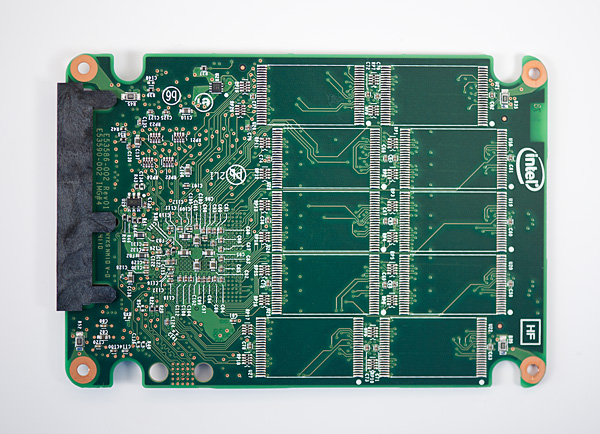








106 Comments
View All Comments
arthur449 - Wednesday, May 11, 2011 - link
Google "Steam Mover"LittleMic - Wednesday, May 11, 2011 - link
Indeed, someone has done a nice GUI to do the operation I just described.jimhsu - Wednesday, May 11, 2011 - link
http://schinagl.priv.at/nt/hardlinkshellext/hardli... for a general GUI way to do this, not just for Steam but for all content.jimhsu - Wednesday, May 11, 2011 - link
The basic steps.1. Manually move folder from SSD to hard drive.
2. On HDD, select folder, right click, "Pick Link Source"
3. On SSD, right click, "Drop As" > "Symbolic Link"
4. Profit!
velanapontinha - Wednesday, May 11, 2011 - link
I can really 'feel' Windows' superfecth advantadges, sam way I can feel when I'm requesting files that are not 'fetched'.This software-feature Intel is now pulling is very similar to Superfecth, although it uses as SSD instead of RAM, and a lot more is available in an SSD than it usually is in RAM.
It is a neat feature, and I'm sure it will be copied from other software houses from now on.
shatteredstone - Thursday, May 19, 2011 - link
In fact, Sun has invented a timemachine and copied this approach into ZFS years ago. ;-)The feature is called L2ARC (level 2 adaptive replacement cache) there and works nicely with SSDs (but also "fast" HDDs, battery-backed DDR nonvolatile memory, etc.). The nice thing is that if SRT takes off and these 20g SLC SSDs get competition and a price crunch (as well as general availability), using these features in ZFS is going to become a lot cheaper. Though even now there is nothing preventing you from using a dozen 240g SSDs as L2ARC (and ZIL) to speed up your farm of disks :)
AnnihilatorX - Wednesday, May 11, 2011 - link
Damn you Intel, so all my old first gen 16GB SSDs can go to the bin?Only you in the world uses 10bit channel for flash, and that's why you set a 20GB (18.6 formatted) limit? ******
MonkeyPaw - Wednesday, May 11, 2011 - link
Its Intel. If there's one thing that is almost certain, it's that forward compatibility is not going to happen.DanNeely - Wednesday, May 11, 2011 - link
Where does it say that the minimum size of the SRT cache is 20GB?Mr Perfect - Wednesday, May 11, 2011 - link
Dan's correct, it doesn't say you have to have a 20GB drive. Intel just happens to be launching a 20GB drive that they are hoping you will use for this.